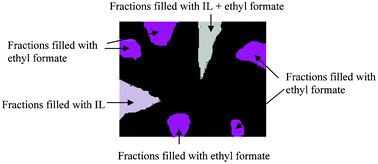Studies on mesoporous silica ionogels prepared by sol–gel method at different gelation temperatures
Abstract
Ionogels (IGs), a novel group of materials having an

* Corresponding authors
a
Department of Physics, Banaras Hindu University, Varanasi, 221005, India
E-mail:
rksingh_17@rediffmail.com, sureshchandra_bhu@yahoo.co.in
Fax: +91 542 2368390
Tel: +91 542 2307308
Ionogels (IGs), a novel group of materials having an

 Please wait while we load your content...
Something went wrong. Try again?
Please wait while we load your content...
Something went wrong. Try again?
A. K. Gupta, R. K. Singh and S. Chandra, RSC Adv., 2013, 3, 13869 DOI: 10.1039/C3RA41774C
To request permission to reproduce material from this article, please go to the Copyright Clearance Center request page.
If you are an author contributing to an RSC publication, you do not need to request permission provided correct acknowledgement is given.
If you are the author of this article, you do not need to request permission to reproduce figures and diagrams provided correct acknowledgement is given. If you want to reproduce the whole article in a third-party publication (excluding your thesis/dissertation for which permission is not required) please go to the Copyright Clearance Center request page.
Read more about how to correctly acknowledge RSC content.
 Fetching data from CrossRef.
Fetching data from CrossRef.
This may take some time to load.
Loading related content
